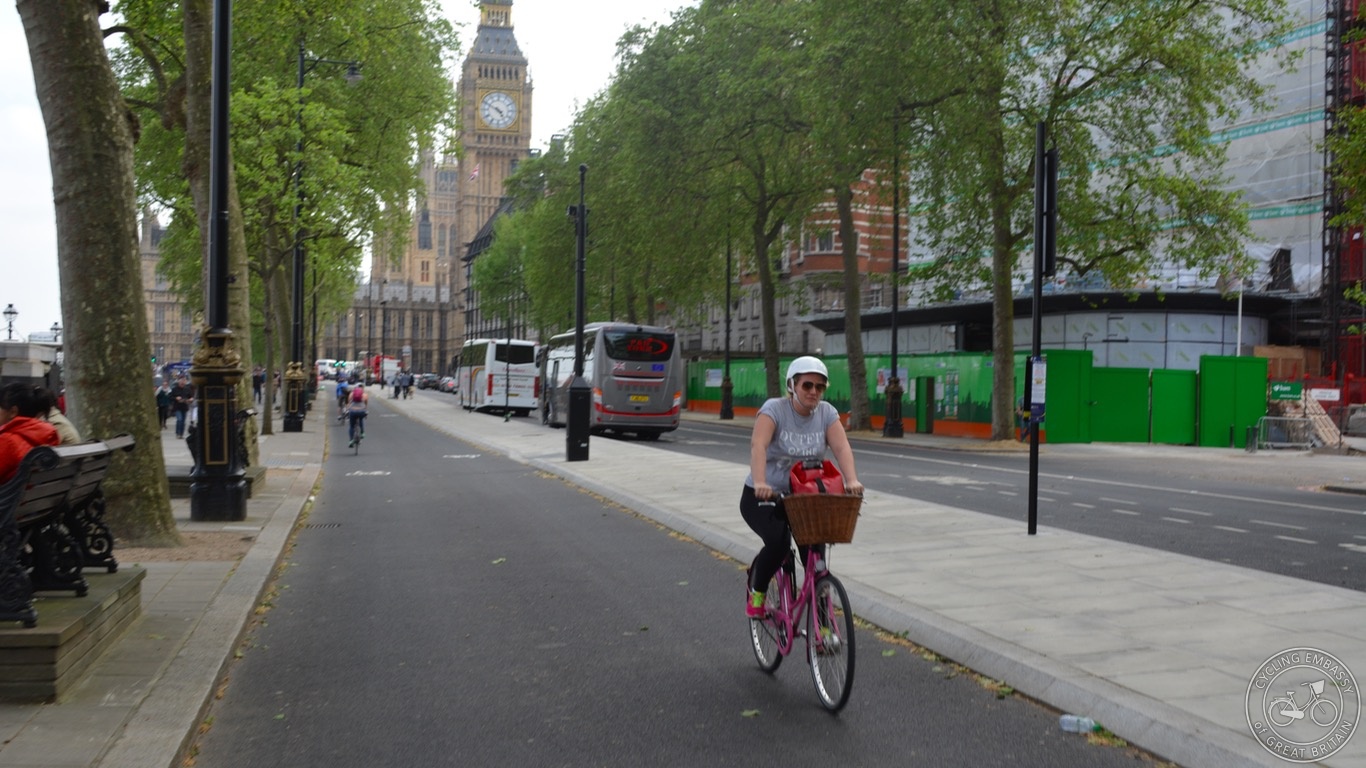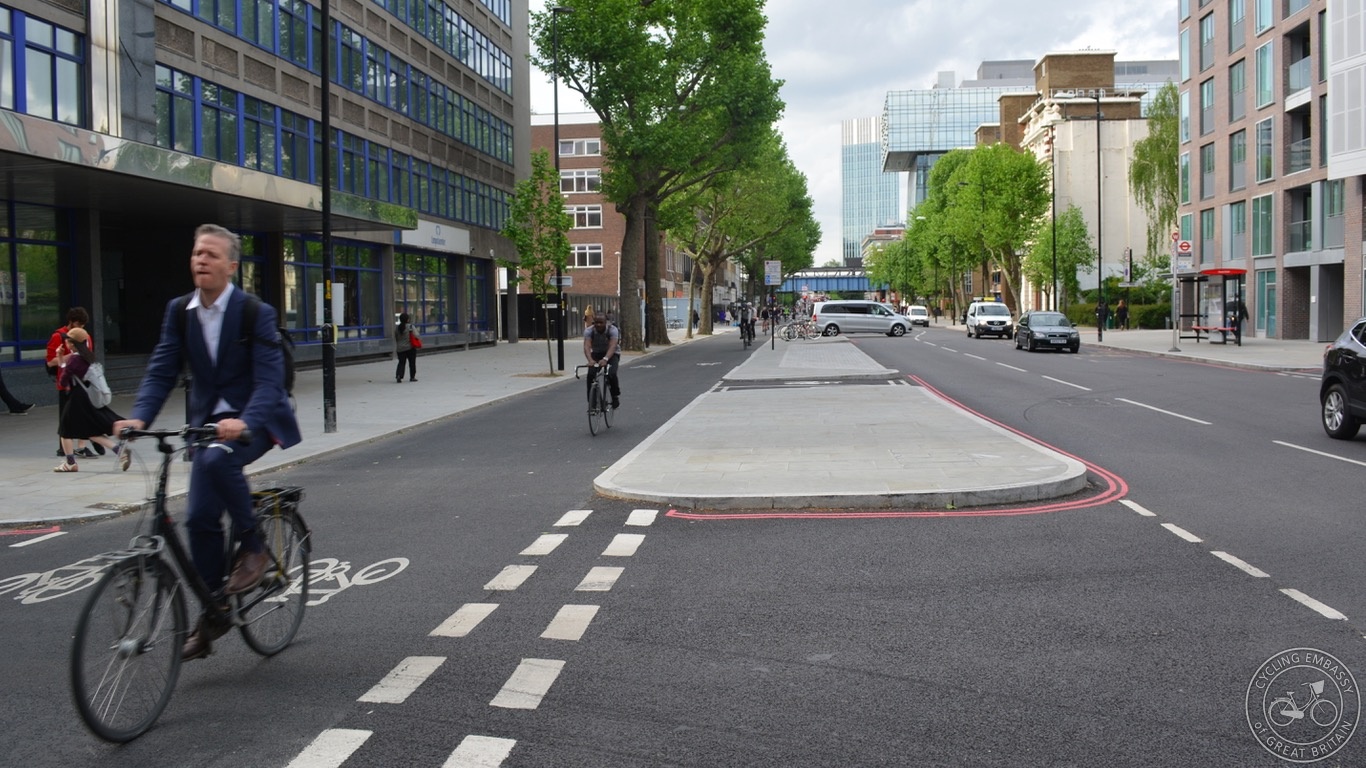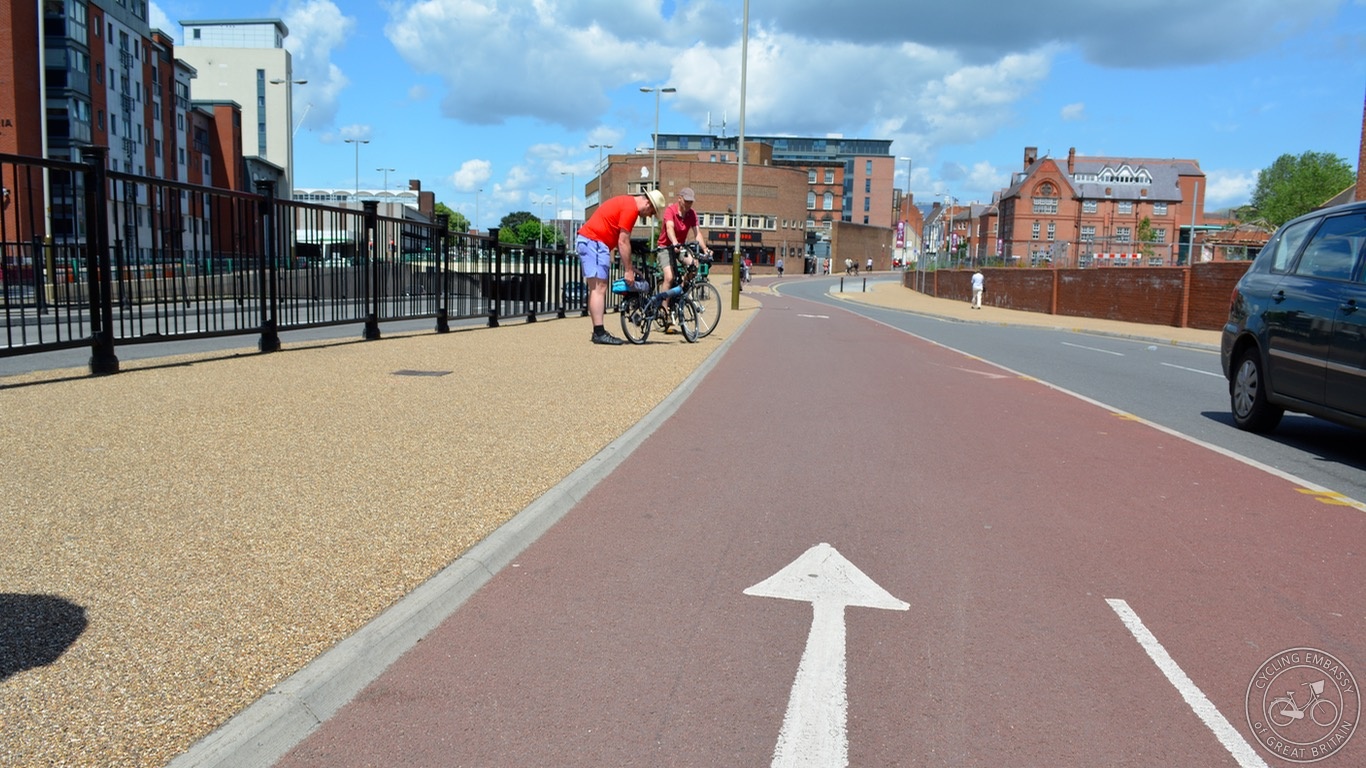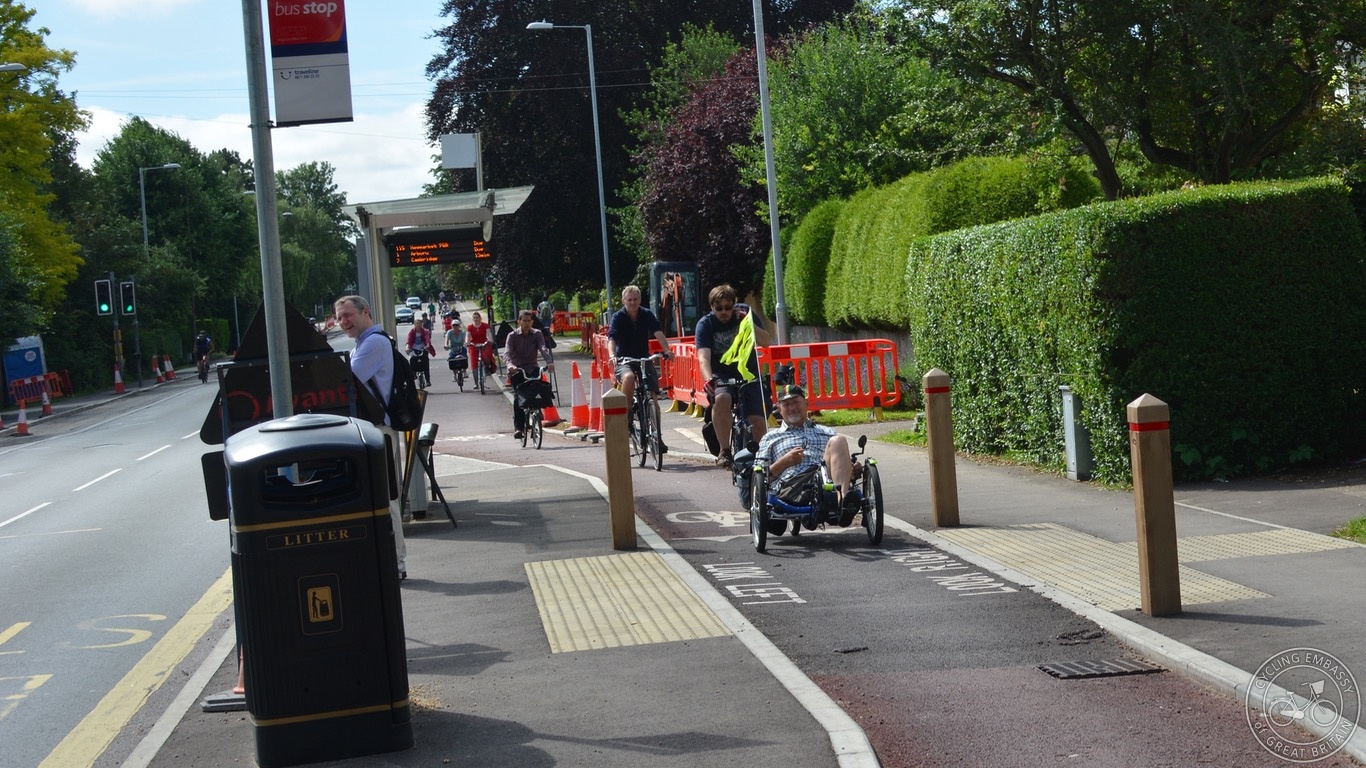The Great Big 'Good UK Cycling Infrastructure" Roundup
This week's roundup is something a bit different - a look at the good (or at least, adequate) cycling infrastructure that exists in the United Kingdom, principally focused on the designs that have been built recently, as well as some infrastructure that is about to be built.
What is most telling is that this kind of list can even be compiled in the first place. We are very far indeed from comprehensive cycle networks across the country, let alone comprehensive cycle networks in any one town or city. The fact that we are able to pick out these isolated schemes demonstrates just how patchy, intermittent and isolated good cycling provision is in the UK. The kind of cycling infrastructure featured in this post should be ubiquitous - instead it is only found in a handful of locations. That says it all!
Perhaps the most high-profile (and highest quality) schemes in Britain are of course the North-South and East-West cycle superhighways in the centre of London, both opened this year.Both are composed almost entirely of bi-drectional cycleway, between 3 and 4m wide. All the major junctions have complete signal separation for cycle traffic, separating movements in time from motor traffic.


However it is arguable that, as good as these schemes are, there are still flaws - in particular, there are long waits for signals at some locations, the width is not adequate in others, and in places it is difficult or inconvenient to access the 'superhighways' given they only run on side of the road. It is also worth pointing out that, in total, both schemes only amount at present to just 5 miles of cycling infrastructure - despite the headlines, they are only scratching the surface of what is required, even in central London.
These two schemes have been accompanied by changes elsewhere of course - Superhighway 5 is a similar bi-drectional scheme of good quality, but again far too short. Superhighway 2 is now (almost) fully protected all the way from Aldgate to the Stratford gyratory, although some of the signalised junctions at the Stratford end have dangerous left-hook risks, with no separation in time for people cycling.

At the eastern end Newham may be about to build some good-quality cycleways around the Stratford gyratory as part of a major rebuild. Superhighway 7 is still largely just paint, but there have been significant improvements, particularly around Oval, with signal separated movements and upgrades to side-road junctions, most notably Magee Street.
Progress elsewhere in London has been sporadic, and hard-fought. Camden have recently made a decision to permanently upgrade the Tavistock Place scheme following a massive consultation response, and have extended the Royal College Street scheme. But the 'Quietway' programme has, with perhaps the exception of Quietway 1, been diluted to such an extent most of the schemes are ineffective, with councils unwilling or unable to implement measures to reduce motor traffic on the roads and streets in question.
One ray of light is Waltham Forest, where the results are already starting to come in from the early implementation of their Mini Holland programme - a combination of modal filters on residential and access roads, and good-looking cycling infrastructure on main roads, and with impressive junction schemes to come. Progress in Enfield on their Mini Holland scheme has been limited by comparison, but there are some promising schemes in the pipeline, and while not a great deal is happening in Kingston, the Portsmouth Road scheme is nearly complete.
While progress in London is patchy and isolated, schemes elsewhere in England are even harder to find, especially outside of the major cities. But there are notable pieces of cycling infrastructure in English cities, even if they, at present, largely stand in isolation. Leicester has been building two-way cycleways along a number of roads in its city centre, even if the junction designs are not being handled particularly well.

Nottingham too is starting to build bi-directional protected cycleways on its main roads, but again this is very early days. What has been built looks promising though. It's a similar story in Newcastle - some good schemes are starting to appear (for instance the two-way protected cycleway on John Dobson Street), but progress is slow and halting, while nearby in Tynemouth a good cycleway has been built along a main road. And perhaps the most famous 'superhighway' outside of London is the one running between Leeds and Bradford, although it is fair to say that the quality is extremely patchy. Manchester has some bold schemes in progress, including the Oxford Road project, and has built perhaps the best example of a bus stop bypass in the UK.
Cambridge is of course the leader in the United Kingdom when it comes to cycling share, with a well-established network of filtered streets and cycle paths. That network is now starting to be built upon with cycling infrastructure on main roads, with new schemes on Hills Road and Huntingdon Road, and perhaps the UK's first proper 'Dutch' roundabout to come, in the form of an annular perimeter cycleway.

Brighton has a couple of good schemes in the form of Old Shoreham Road and Lewes Road, but like many other UK cities they do not form anything approaching a usable network. Also on the south coast, Bournemouth has started to build protected cycleways, while in Oxford some of the city's best cycling infrastructure was built decades ago.
North of the border, new cycling infrastructure is perhaps most famous for the controversy it is provoking. The Bears Way scheme is far from perfect, but its success deserves to be built upon and extended, not cancelled in the face of local opposition. There is huge potential for cycling in Glasgow itself, but the quality of schemes built so far is mixed. Edinburgh is planning an east-west cycle route across the city, but again it has run into difficulty in the form of vociferous opposition, while Clackmannanshire appears to have a reasonably good rural cycle path network.
If anything, Northern Ireland presents the most grounds for optimism, with a clear, long-term national-level cycling strategy in place, political backing, and schemes already starting to appear. It's also worth emphasising the importance of permeable, low traffic city centres in enabling cycling, with perhaps Leicester, Cambridge and Oxford the leading UK examples.
Embassy founder Jim Davis once joked that the best cycling infrastructure in Britain was actually built by Victorians, and while that may no longer be true, many areas are making good use of former railway lines, with notable examples being the Bristol and Bath Railway Path, the Two Tunnels project near Bath, and the Sunderland-Consett railway path.

The Cambridgeshire Guided Busway also deserves a mention, as does the best example of cycling parking in Britain, the Cambridge station Cyclepoint.
And that's it! This isn't a particularly comprehensive roundup - if we've missed anything exceptional, please do let us know in the comments below - but the fact it is possible to summarise the notable cycling schemes in the UK in just one blog post reveals just how little of it there actually is.
